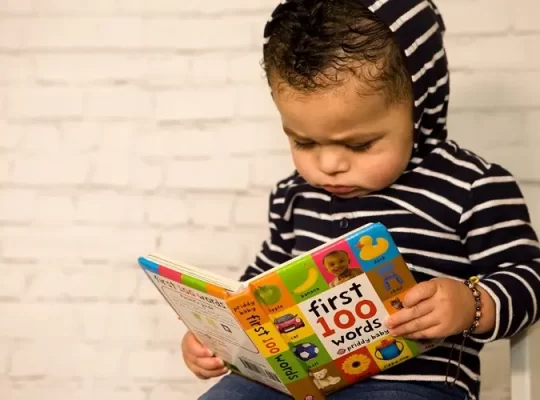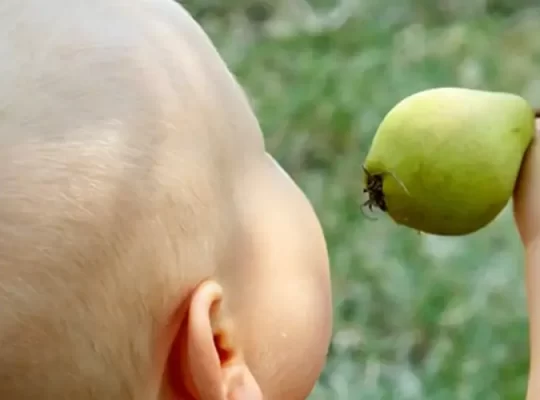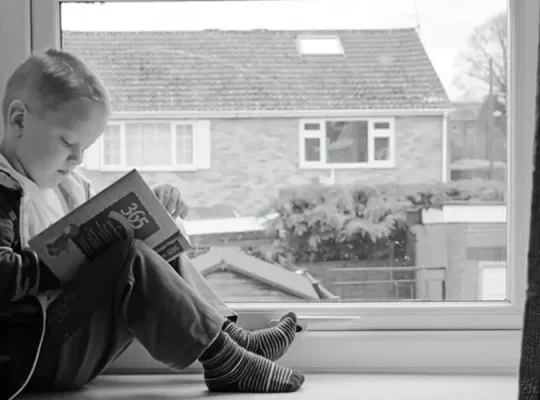Understanding Shyness vs Social Anxiety in Elementary Children
Understanding the differences between shyness and social anxiety disorder (SAD) is essential for parents, particularly during the elementary years when children begin forming crucial social skills and relationships. Shyness, a personality trait impacting roughly 40% of children, is typically harmless and diminishes as children become familiar with new social situations. In contrast, social anxiety disorder affects approximately 7% of elementary-aged children and can significantly disrupt daily functioning, academic success, and emotional development (Thompson, 2024).
Expert Insights on Social Anxiety Disorder
Dr. Rachel Thompson, a child psychiatrist at Stanford Children’s Health, explains, “While shyness is a natural response to unfamiliar situations, social anxiety disorder represents a debilitating fear of social interactions that goes beyond normal discomfort.” The National Institute of Mental Health (NIMH) confirms that SAD is the second most common anxiety disorder in children, with onset frequently occurring between ages 8 and 11. Early detection and intervention are critical, as untreated SAD can lead to more severe mental health issues, such as depression or generalized anxiety, in adolescence and adulthood (NIMH, 2024).
Importance of Early Intervention
A 2024 study published in the Journal of Child Psychology underscores the importance of early intervention. The study revealed that targeted treatments for SAD could reduce symptoms by up to 65% within one year. This article aims to help parents differentiate between shyness and SAD by highlighting the distinctions, identifying warning signs, and providing actionable steps for support, all rooted in recent research and expert insights.
Clinical Distinctions Between Shyness and SAD
The distinction between shyness and SAD lies not just in intensity but in the behavioral and physiological responses of children. According to Dr. Michael Chen, a pediatric psychologist, “Shy children may initially hesitate but adapt and engage as they grow more comfortable. Children with social anxiety experience persistent distress in familiar settings, coupled with physical symptoms such as trembling, sweating, or stomachaches” (Chen, 2024).
Longitudinal Study Findings
A 2024 longitudinal study in the Journal of Anxiety Disorders tracked 3,000 elementary students over four years to understand how shyness evolves and when it transitions into social anxiety disorder. Key findings include: 42% of shy children never developed SAD, suggesting that shyness alone is not a predictor of the disorder. 15% of children diagnosed with SAD were not initially shy, indicating that social anxiety can emerge independently of temperament. Environmental factors such as familial attitudes, peer interactions, and school climates influenced the progression from shyness to anxiety in 23% of cases (Journal of Anxiety Disorders, 2024).
Updated Clinical Guidelines
The American Academy of Child and Adolescent Psychiatry (AACAP) provided updated guidelines in 2024 to help clinicians and parents distinguish between the two: Shyness: Improves with familiarity, lacks significant distress, and exhibits limited physical symptoms. Responses are flexible and context-dependent. Social Anxiety Disorder: Persists despite familiarity, involves marked distress and avoidance behaviors, and often includes physical symptoms like headaches, nausea, or trembling. Responses are rigid and interfere with daily activities (AACAP, 2024).
Parent Support Strategies
Parents are key players in addressing social anxiety in their children. Taking proactive steps can alleviate symptoms and build resilience: Home-Based Interventions: Gradual exposure to feared social situations helps desensitize children to anxiety triggers. Role-playing social scenarios, such as ordering food at a restaurant, allows children to practice communication in low-pressure environments. Establishing a consistent routine of relaxation exercises, such as deep breathing or mindfulness, equips children with coping tools for stressful situations.
School and Technology Solutions
School-Based Strategies: Collaborate with educators to implement accommodations such as modified participation plans, peer buddy systems, and designated safe spaces for breaks. Encourage group activities that align with the child’s interests to foster gradual social engagement without overwhelming them. Technology-Assisted Solutions: Utilize anxiety-tracking apps to monitor progress. Introduce relaxation apps that teach techniques like guided imagery and muscle relaxation.
Professional Treatment Options
Professional Help: Seek an evaluation from a child psychologist if symptoms persist for more than six months. Cognitive-behavioral therapy (CBT) is highly effective for SAD, focusing on challenging negative thought patterns and building social skills (Journal of Child Psychology, 2024).
Final Thoughts and Future Outlook
Distinguishing between shyness and social anxiety disorder is critical for ensuring that children receive the appropriate support during their formative years. Early intervention can prevent more severe mental health issues later in life, enabling children to thrive socially, emotionally, and academically. As Dr. Rachel Thompson emphasizes, “By recognizing the signs of social anxiety early, parents can empower their children to navigate challenges and unlock their potential.” With advancements in research and tailored interventions, parents and educators are better equipped than ever to address social anxiety. By fostering understanding and providing compassionate support, we can ensure that all children—whether shy or socially anxious—grow up with the tools to succeed.
Source References
American Academy of Child and Adolescent Psychiatry Guidelines (2024).
Chen, M. (2024). Pediatric psychology insights on anxiety.
Journal of Anxiety Disorders (2024). Longitudinal study on shyness and social anxiety.
Journal of Child Psychology (2024). Early intervention outcomes for social anxiety.
National Institute of Mental Health (2024). Social anxiety disorder in children.
Thompson, R. (2024). Stanford Children’s Health Research Review.






